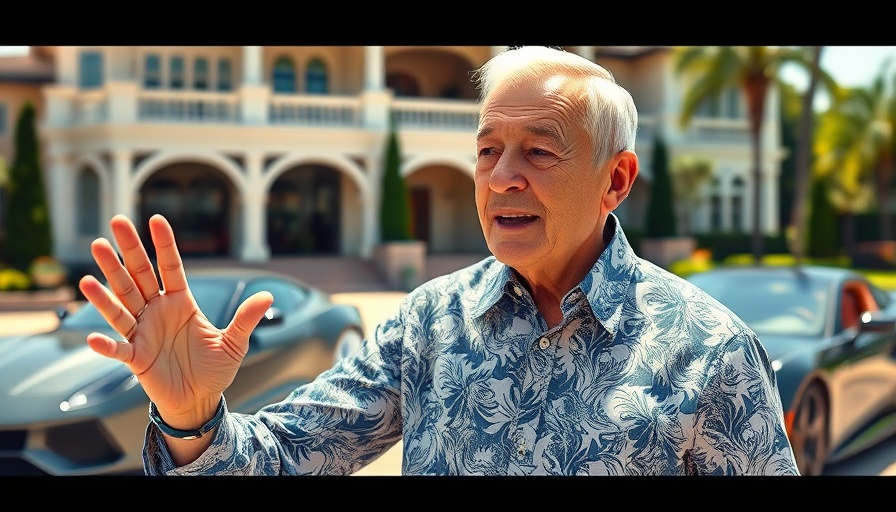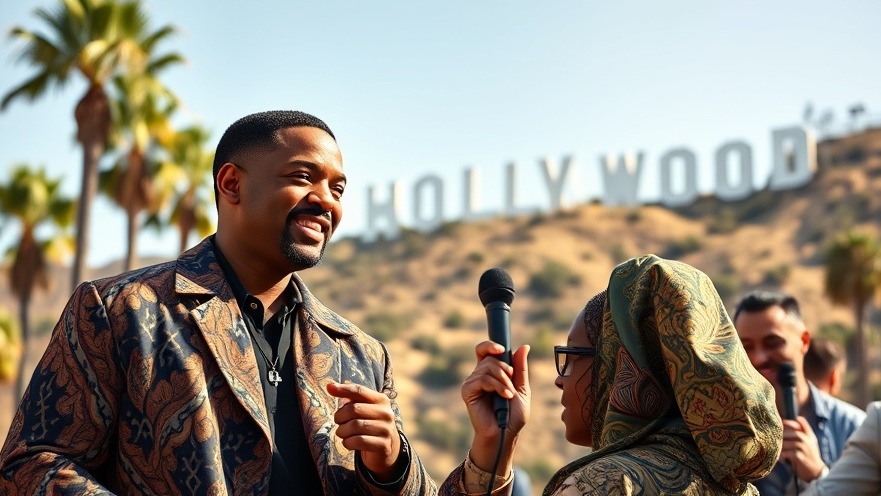
A Journey From Adversity to Innovation
What if dropping out of school at the young age of 15 was just the first step toward creating a global empire?
Such was the remarkable story of Soichiro Honda, who transformed from a blacksmith's son in Japan to a titan in the automotive industry.
His life is a compelling narrative of resilience, innovation, and unyielding spirit that not only shaped his fortune but also revolutionized the way people move.
In 'He Dropped Out of School at 15 & Lost Everything in WWII… Then Built Honda Into a Global Empire', the discussion dives into Honda's transformative journey, exploring key insights that sparked deeper analysis on our end.
The Early Days of Curiosity and Grit
Soichiro Honda was born in 1906 in the small town of Tenriyu, Japan, to a modest family. His father, a blacksmith, ignited his curiosity when he introduced him to the world of machines.
This early fascination paved the way for Honda’s decision to drop out of school and pursue a career as an automotive mechanic, leaving behind the conventional path for an extraordinary journey.
At the age of 15, armed with only determination and a knack for mechanics, he ventured to Tokyo to work as an apprentice.
His apprenticeship at Art Shokai was more than just a job; it was Honda’s university. He learned not just to fix vehicles, but to understand their inner workings.
Under his mentor’s guidance, Honda began to innovate, and it was here that he developed a love for speed and a commitment to improving machinery—a mantra that would drive him for the rest of his life.
Trials of War and Rebuilding Dreams
However, Honda’s path was not a smooth ascent. As World War II descended upon Japan, his first company, Tokai Siki, shifted production to serve the military.
Despite temporary success, the war brought devastation. Bombing raids in 1944 obliterated his manufacturing facility, and an earthquake in 1945 further shattered his dreams. Yet, from these ashes, Honda would rise again.
Instead of mourning the loss, Honda saw opportunity. He sold the remnants of his company and, using the resources from that transaction, launched the Honda Technical Research Institute.
His philosophy was clear: recovery would necessitate mobility. By harnessing military generator engines and attaching them to bicycles, he began to bridge the gap between destruction and revival.
The Birth of Honda Motor Company
In 1948, Honda officially founded the Honda Motor Company. Alongside Teo Fujisawa, a partner who complemented his engineering prowess with business acumen, Honda would not just build a company, but also redefine mobility itself.
The introduction of the Model A, a motorized bicycle, marked the first step in a long series of innovations that would change transportation.
While critics initially dismissed his designs, Honda embraced the doubts, believing that conversation would translate into curiosity and, ultimately, demand.
Over time, his perseverance paid off, culminating in the release of the Super Cub in 1958.
This ubiquitous machine democratized mobility, making motorbikes accessible to families and professionals alike.
Market Disruption Through Innovation
What distinguished Honda was its understanding of market needs. With the Super Cub, Honda’s marketing strategy shifted the perception of motorcycles from rebellion to everyday utility.
The mantra “You meet the nicest people on a Honda” showcased not only the bike’s appeal but also a fundamental change in consumer attitudes toward motorcycles.
By the late 1960s, Honda stood atop the motorcycle industry, producing the best-selling motor vehicle in history.
However, Honda’s ambitions did not end with two-wheel vehicles; expansion into automobiles followed soon after.
A Pioneering Spirit in Automotive Innovation
The 1972 launch of the Honda Civic was a bold step. Recognizing the global oil crisis, Honda produced a vehicle that prioritized fuel efficiency and affordability.
This not only met consumer demand, but also earned him accolades for environmental stewardship with the CVCC technology—a precursor to modern clean engines.
Honda’s approach to engineering was not just innovative but also recursive, learning from racing to refine consumer products.
With the launch of Acura in 1986, Honda ventured into the luxury segment, proving that Japanese manufacturers could compete at high levels.
Continuing Legacy and the Future of Mobility
Despite Soichiro Honda's passing in 1991, the values he instilled in his company endure.
Today, Honda is a global powerhouse, leading initiatives in electric vehicles and sustainable practices while employing over 200,000 people across 150 countries.
The spirit of innovation continues to guide Honda’s legacy, rooted in the belief that challenges foster growth and creation.
Lessons in Leadership and Growth
Honda's story serves as a potent reminder of resilience and ambition in the face of adversity.
For spa owners and wellness professionals, his journey illustrates essential lessons in leadership, strategic risk-taking, and customer engagement.
Innovating from the ground up—whether in automotive or spa treatments—requires a deep understanding of market needs and unwavering commitment to improvement.
This ethos of perseverance and innovation is critical for anyone looking to grow their business in a rapidly evolving landscape.
Take Honda’s story and ask yourself: How can you apply this spirit to your wellness practice? What innovations can you introduce to enhance customer experience and elevate your offerings?
 Add Row
Add Row  Add
Add 



 Add Row
Add Row  Add
Add
Write A Comment